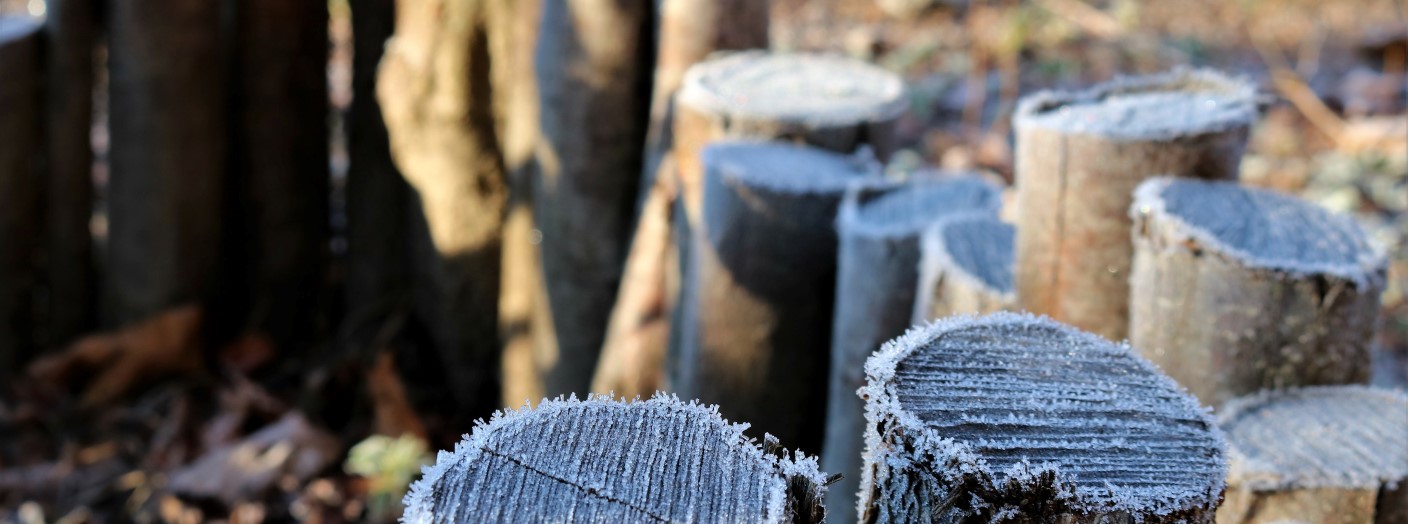Low indoor humidity – from the perspective of indoor environment, research and technology

The optimal relative humidity of the indoor air is between 30-60%. However, under 20% relative humidity creates uncomfortably dry air. The question is, is dry indoors a problem? Let's look at essential physics, conducted research, and technological perspectives.
Physics dictates the relative humidity in the indoor air
Today, the discussion about indoor air is focused on discussions about indoor air quality (IAQ) and indoor environmental quality (IEQ). Many indoor parameters influence air quality, such as temperature, humidity, air velocity, carbon dioxide, radon, light, sound, presence, etc. However, a strong focus is on room/air temperature, carbon dioxide (CO2) and particles (VOCs). Humidity is often neglected; for example, indoor air humidity (dry indoor air) is an especially important parameter to consider, especially in Nordic countries. The goal is to have humidity as one of the top parameters of indoor quality.
Let's see the relative humidity in the context of air temperature and how much water content it can hold in various situations. If the outdoor air of 0°C is brought indoors and the air is heated up to 20°C, the relative indoor humidity will be below 26% (and moisture content about 9 g/kg). Similarly, at 10°C outdoors, it will be < 12% RH (5 g/kg). And at -20°C outdoors, it will be < 6% RH indoors (3 g/kg). So, if there is snow on the ground, it will be dry indoors.
Well-ventilated buildings will have problems with low humidity indoors. This is especially true if the cold season lasts longer and if ventilated continuously & with high airflows. Indoor air humidity in buildings in wintertime can create significant health issues; however, low humidity is often excluded from indoor air quality legislation, even though there are many indoor air symptoms directly connected to the impact of dry air, such as eye, nose & throat irritation, dry mucous membranes & skin, airway infections & cough, hoarseness & wheezing, and influenza symptoms.
Research about low relative humidity (dry air) and its effects & perceptions
Very few building standards and recommendations provide guidance on humidity in different buildings and for various spaces. One of the EN standards for building design provides values for dehumidification (50-70% for various building categories) & humidification (20-30%) and a recommended limit for the absolute humidity of 12 g/kg.
People do not perceive the air quality with low humidity in any way (no negative or positive effect on people), i.e. people do not sense the low humidity indoors. Concerning physiological responses, people respond to dry air and experience problems with a decreased mucus flow rate. Other physiological responses showed that reducing humidity to 5% can change people's inter-blink interval, i.e. people will blink with their eyes more often, and more blinking will also reduce the time people can, for example, look at the screens and work efficiently, going below 15% shows adverse effects on people's cognitive performance. Also, it was observed that relative humidity that is too low (below 30%) or too high (above 60%) has adverse effects on people's stress. For a very long time, the sensation (perception) of dryness was also strongly associated with sick building syndrome (SBS) and was observed as a common finding.
Dry air is unreliable as an indoor air quality perception, and it can be misleading due to the lack of an associated receptor. The perceived dryness may be confused with sensory irritation. Good relative humidity may reduce complaints and favour work performance, for example, in offices. More research is needed to understand how humidity influences people's performance.
We are missing information – and relevant research – on how dry indoor air impacts different population groups: age-related (elderly people & working adults), health-related (people with allergies and asthma, skin problems) & occupation-related (singers, teachers, theatre and call centres personnel).
We need to secure a good building environment and avoid dry indoor air
We can treat humidity as a recyclable asset: maximise humidity recovery in the ventilation systems, optimise airflows in wintertime using demand-based ventilation with a CO2-based control system, minimise operation time of ventilation, humidify as little as possible and use alternative humidity sources. We need to start thinking about humidity in wintertime in economical way.
From a technological perspective, the established practice in Nordics is a rotary heat exchanger coated with adsorbent, which can bring the humidity recovery efficiency up to 70-90%. It delays the drying process of buildings in autumn. Any humidification without humidity recovery is a pure waste of energy.
Alternative humidity sources deliver humidity and often also have other psychological benefits for building occupants and create an enjoyable environment connected to biophilia design. Potential humidity sources are humidifiers, green walls, laundry (homes), humidity-buffering buildings and interior materials.
The dry indoor air problem can be solved, and 25-30% relative humidity indoors can be reached at very reasonable costs. It all starts with efficient humidity recovery in the ventilation system, which costs very little if done during the design & installation stages of the building. If the building has a humidity recovery system, all systems (personal and central humidifiers, plant walls) will positively impact the indoor environment.
Key points to take away
Talk more about absolute humidity, not focus only on relative humidity. Absolute humidity is decisive for people’s airways. Every gram and every percent of relative humidity count and 40% of relative humidity or 7-8 g/m
There is a knowledge gap, and more research with systematic results is needed. Past recommendations about humidity should be revisited. And more information should be provided to the industry and legislation providers.>
When there is snow outdoors, it will be dry indoors. Remarkably simple decisions in the design phase of a building can optimise indoor air humidity, such as installing an efficient solution for humidity recovery as part of the ventilation system in buildings.
Would you like to know more?
Care to know more about humidity in buildings? Visit our website and learn more about it. Read more about 'Low humidity levels'.




